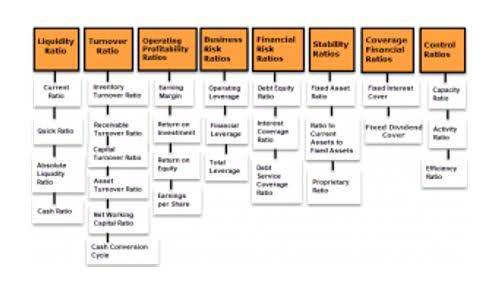
A close check on the income and expenditure can provide the needed insights on how to your business’s financial health. Working capital helps a company measure its ability to pay up its short-term expenses and debts within a year. For efficient business operations, you need to settle these short-term payments when due. You can look at your current assets in your balance sheet and be convinced that you are doing well. But once you take a look at your current liabilities, the excitement dies off.

Declining NWC ratio:
- If either sales or COGS is unavailable, the “days” metrics cannot be calculated.
- Understanding NWC’s significance helps stakeholders evaluate a company’s ability to sustain operations without external financing.
- It’s vital because it helps them pay their bills, buy things they need to sell and handle unexpected situations.
- On the subject of modeling working capital in a financial model, the primary challenge is determining the operating drivers that must be attached to each working capital line item.
- Working capital is what helps you determine the current financial health of your business.
When cash flow is high, businesses have the ability to cover unexpected expenses, make bolder decisions, and generally be more flexible and agile when it comes to managing company finances. A positive net working capital essentially means that the company has enough liquid Grocery Store Accounting current assets on hand to cover its short-term obligations, meaning they’re far more able to seize opportunities as they arise. Simply put, Net Working Capital (NWC) is the difference between a company’s current assets and current liabilities on its balance sheet. It is a measure of a company’s liquidity and its ability to meet short-term obligations, as well as fund operations of the business.
Influence on Financing Options
To counter this, ask for full terms from vendors in writing and develop a pattern of paying invoices within the maximum term available. The challenge is determining which payables to include in calculating working capital. Ideally, the payables included should be listed in a schedule to the purchase agreement, and a formula should be agreed for defining how long a payable can be floated before it must be paid. This prevents the seller from delaying payables in an attempt to reduce working capital. While the actual amounts will change, the accounts and vendors will have been identified and a formula accepted to prevent disputes. If the strength of the accounts receivable is unknown, a formula may be used in which aged receivables are valued lower than newer receivables.

Common Drivers Used for Net Working Capital Accounts
- Calculations based on the trailing 12 months will naturally factor out seasonality.
- Current assets are assets that a company expects to use or sell within one year or one business cycle, whichever is less.
- As the President of Brady CFO, a fractional CFO firm, we’ve worked with enough business owners and CEOs to know that running a company without a background in accounting and finance can feel overwhelming.
- The working capital of a company—the difference between operating assets and operating liabilities—is used to fund day-to-day operations and meet short-term obligations.
- It’s just a sign that the short-term liquidity of the business isn’t that good.
Working capital can also be analyzed on a historical basis as a percentage of revenue. For example, the working capital accounts can be calculated at the end of each month over the past six and compared with either revenue or costs of goods sold each month, and then a percentage established. As you can see, working capital is 250% higher ($2.5 million vs. $1 million) in the busy season than the off-season. When it comes to valuing the inventory, one of the key issues is calculate net working capital whether the parties plan to physically conduct an inventory count at closing or rely on the business’s perpetual inventory-taking.

So, it’s essential for companies https://ankadesign.cl/department-budget-management-best-practices/ to take working capital management seriously when evaluating the short-term financial well-being of their business. As the President of Brady CFO, a fractional CFO firm, we’ve worked with enough business owners and CEOs to know that running a company without a background in accounting and finance can feel overwhelming. The financial aspects of managing a business are both critical and complex, and without the proper guidance, it’s all too easy to make missteps that could have been avoided. So, let’s dive into how to calculate NWC so you can confidently guide your company.
How to Calculate Net Working Capital: A Simple Formula

The textbook definition of working capital is defined as current assets minus current liabilities. The NWC metric is often calculated to determine the effect that a company’s operations had on its free cash flow (FCF). Proper management of working capital is making sure you keep for the rainy days when it is plentiful. Even when the whole industry is facing a financial hit, positive working capital can help absolve most of those blows. You need to add the amount your customers owe you due to credit sales to the cost of your properties in the company. A company’s working capital is integral for running its day-to-day operations.
